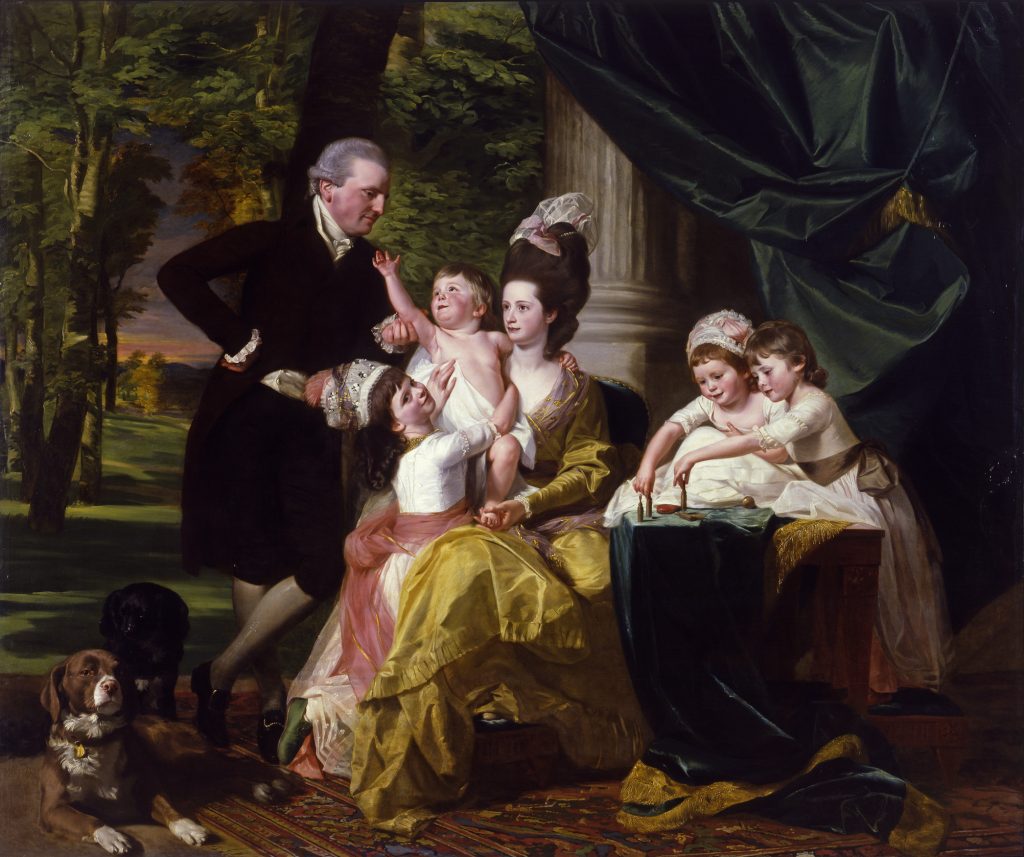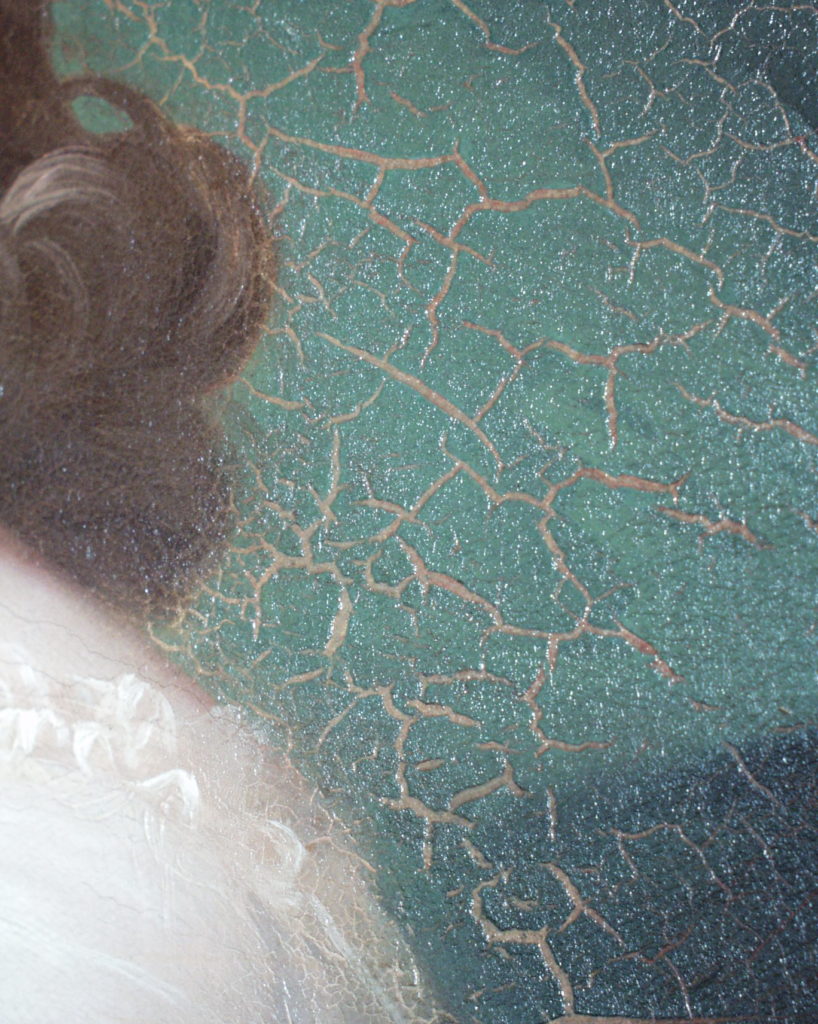Sir William Pepperrell (1746-1816) and His Family (work of art)
Artwork Info
Key Ideas about this Work of Art
- The Pepperrell family did not actually sit for this portrait. It was painted after William Pepperrell’s wife had died and he had lost his family’s fortune. Much of their wealth came from involvement in slavery and the slave trade.
- William Pepperrell was one of the wealthiest people in colonial New England in the 18th century. When the American Revolution began, he supported the British. He moved to London to escape the conflict.
- John Singleton Copley was originally a portrait painter in colonial New England. He left Boston at the beginning of the American Revolutionary War and moved to London. There he had a successful career painting portraits of wealthy patrons. Copley painted this portrait of the Pepperrell family in London.
- Both Copley and Pepperrell were loyalist supporters of the British government. They remained loyal to the British Crown during the American Revolutionary War.
- A closer look at this painting reveals cracks in its surface. The paint cracked because the top layer dried faster than the deeper layers. Conservation specialists at the NCMA used a process called inpainting to fill in the open spaces and create a more complete image.
Learn More
This family portrait depicts a fictional scene. William Pepperrell commissioned the painting after losing both his family’s fortune and his wife, Elizabeth Pepperrell. In this portrait the family is together again, surrounded by symbols of wealth. An earlier version of this portrait included a Black servant. The figure may have been left out of the final version because slavery was a highly debated topic in England.
Pepperrell was one of the wealthiest men in New England in the 18th century. He was a soldier and merchant in colonial Massachusetts. He owned many enslaved people and helped finance the slave trade. His wife also came from a family that enslaved people. When the American Revolution began, he lost his properties and much of his family’s wealth because he was a committed loyalist to the British Crown. Pepperrell and his family fled to England in 1776. Elizabeth became ill and died during their voyage.
John Singleton Copley started out painting portraits of wealthy people in colonial New England. Some of the people he painted in Boston became key figures in the American Revolution. Copley, like Pepperrell, was a loyalist supporter of the British. He moved to London at the beginning of the Revolutionary War. He remained in London and had a successful career painting portraits of wealthy patrons and historical scenes.
The cracks in the surface of Copley’s painting are the result of the top layer of paint drying faster than the deeper layers. “Scurf and scab” and “alligatoring” are terms used to describe this cracked paint issue. It was a common problem for artists in the 18th century, especially in England. The NCMA Conservation team used a process called inpainting to make the most obvious cracks in this painting less visible.
Additional Resources
Resources for Teachers
- Read a blog post about William Pepperrell’s wife, Elizabeth.
- Read an article about Pepperrell’s grandfather (also named William Pepperrell) and the family’s connections to slavery.
- View Copley’s portraits of Paul Revere, Samuel Adams and John Hancock.
Resources for Students
- View Copley’s portrait of his own family and compare it to his portrait of the Pepperrells.
- Read an article about patriots and loyalists during the American Revolution.
- Watch a video about another painting by Copley.


